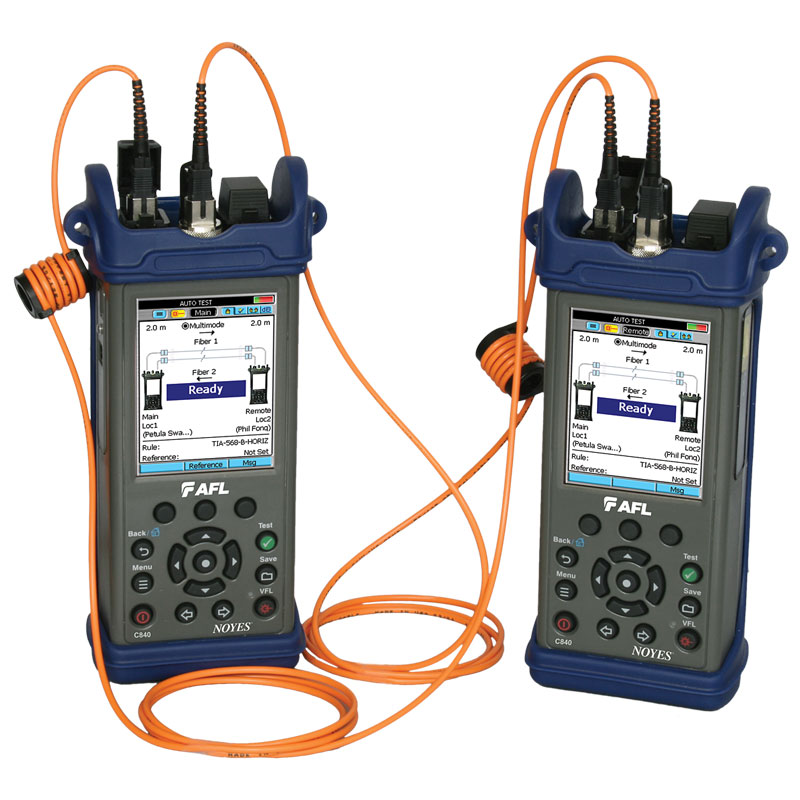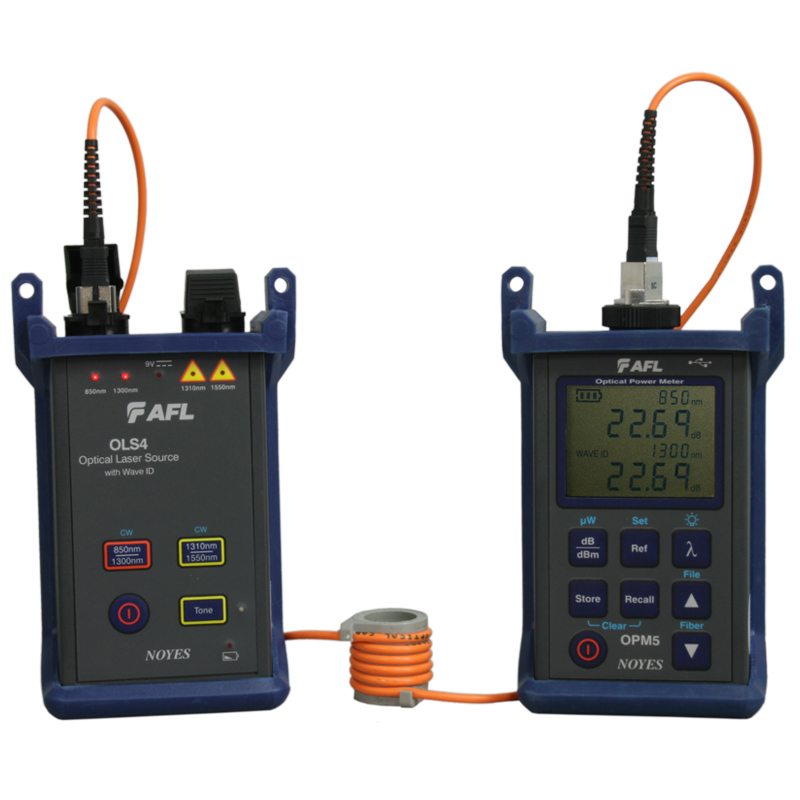Industries depend on fibre testing equipment to verify product quality.
Industries depend on fibre testing equipment to verify product quality.
Blog Article
Discover the Value of Optical Fiber Testing in Modern Telecommunications
In the realm of modern telecoms, the significance of optical fiber screening can not be overemphasized, as it offers as the backbone for guaranteeing network dependability and performance. What are the specific benefits that normal screening offers, and how might it form the future landscape of telecoms?

Comprehending Optical Fibre Screening
Optical fiber testing is a crucial process in telecoms that makes sure the integrity and efficiency of fiber optic networks. This testing encompasses a variety of treatments made to assess the physical and functional features of optical fibres - robotic vision. Key criteria evaluated include optical power loss, data transfer capability, and mistake place, which are important for keeping top notch communication web links
The testing process typically entails the use of customized equipment such as Optical Time-Domain Reflectometers (OTDR) and Optical Power Meters. OTDRs are used to determine and identify faults, interlaces, and connectors within the fiber, while power meters gauge the transmitted light signal stamina to identify effectiveness.
In addition, testing is conducted at numerous stages, including throughout setup, upkeep, and troubleshooting, to guarantee that the network meets market standards and operational demands. Compliance with standards established by organizations like the International Telecommunication Union (ITU) and the Telecommunications Market Organization (TIA) is critical.
Advantages of Normal Testing
Routine screening of optical fibers yields various benefits that significantly improve network dependability and efficiency. Among the primary benefits is the early detection of potential issues, such as breaks or deterioration in the fiber, which can lead to expensive downtime if left unaddressed (fibre testing equipment). By determining these troubles proactively, telecoms service providers can lessen solution disturbances and make certain regular connection for their consumers
In addition, normal screening aids to keep the honesty of signal top quality. As optical fibers age, their efficiency can be impacted by aspects such as environmental conditions and physical tension. Routine evaluations permit the monitoring of signal loss and overall transmission efficacy, making sure that the network runs at optimum degrees.
An additional considerable advantage is conformity with market standards. Normal testing sustains adherence to regulative requirements, thereby mitigating lawful and economic dangers associated with non-compliance. It boosts the total life-span of the fiber framework by assisting in prompt upkeep and repair services.

Typical Examining Methods
Evaluating optical fibers uses various techniques to make certain the integrity and performance of telecoms networks. Among one of the most usual techniques is Optical Time Domain Reflectometry (OTDR), which examines the entire size of the fiber by sending out a pulse of light and measuring the reflections brought on by imperfections or breaks. This technique offers in-depth details concerning the area and severity of faults.
Another find out widespread method is the use of Optical Power Meters, which measure the amount of light transferred with the fiber. This strategy aids establish the loss of signal strength, guaranteeing that it satisfies market criteria. In Addition, Visual Mistake Locators (VFL) are used to identify breaks or extreme bends in the fiber by predicting a visible laser light right into the wire.
Insertion loss testing is additionally essential, as it quantifies the loss of signal power arising from links and mates within the network. Furthermore, using Polarization Mode Diffusion (PMD) testing examines the impact of fiber attributes on signal honesty.
Each of these approaches plays an important role in preserving the efficiency and dependability of optical fiber networks, ultimately adding to smooth telecoms operations.
Impact on Network Performance
The stability and efficiency of optical fibre networks directly affect general network efficiency. In contemporary telecommunications, the performance of data transmission relies greatly on the high quality of the optical fibres made use of. Any type of degradation in the fiber's condition-- whether as a result of physical damages, contamination, or excessive bending-- can bring about boosted attenuation and signal loss, substantially affecting data stability and speed.
Regular optical fiber screening is important to determine and fix prospective problems before they manifest as network failings or slowdowns. Strategies such as Optical Time Domain Reflectometry (OTDR) and insertion loss screening allow technicians to determine the efficiency of fibre links properly. These tests not only review the physical condition of the fibres however additionally guarantee conformity with industry requirements, thereby protecting the network's integrity.
Furthermore, a properly maintained optical fibre network contributes to lowered check my source operational prices and improved customer contentment, as end-users experience fewer disruptions and greater information rates. Ultimately, the emphasis on extensive optical fiber screening practices functions as a keystone for sustaining robust telecoms infrastructure, making certain that provider can satisfy the expanding demands for transmission capacity and connection in today's electronic age.
Future Trends in Testing
As we look ahead, developments in innovation are poised to reshape optical fibre testing in telecommunications. The increase of automation and expert system (AI) is expected to boost the performance and precision of testing procedures. Automated testing systems can carry out detailed evaluations with very little human intervention, substantially minimizing the capacity for errors and speeding up time-to-deployment.
Furthermore, the integration of artificial intelligence formulas will certainly allow predictive maintenance, permitting network service providers to foresee potential concerns prior to they escalate into failings. This aggressive approach not only boosts network dependability however also maximizes operational costs.
An additional emerging trend is the growth of portable testing tools that use real-time analysis - ofda. These tools will certainly empower technicians to do on-site diagnostics swiftly, assisting in quicker resolutions and enhancing solution quality
The development of 5G networks even more demands the development of screening approaches. As transmission capacity demands raise, standard testing methods might no longer are adequate. Ingenious remedies such as optical time-domain reflectometry (OTDR) and advanced spooky analysis will come to be vital in ensuring the stability and efficiency of high-speed connections.

Verdict
In conclusion, optical fiber screening is necessary for making sure the integrity and reliability of modern-day telecommunications networks. Routine testing techniques not just help recognize potential concerns such as signal loss and mistakes but likewise add to improved network efficiency and customer satisfaction. why not check here As the demand for smooth connection proceeds to expand, the fostering of innovative testing approaches will certainly play a critical function in keeping premium network requirements and sustaining the advancing landscape of telecoms.
Report this page